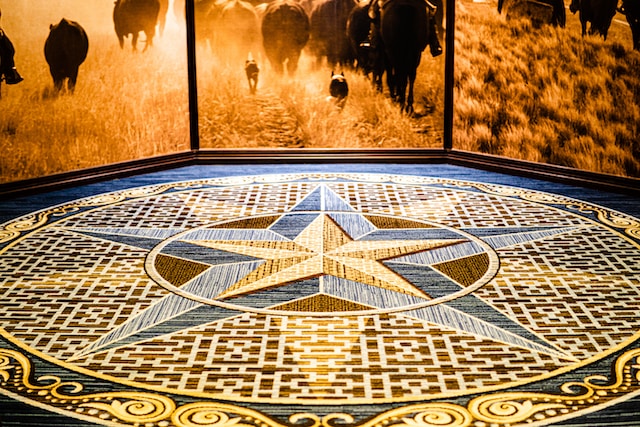Traditional Handcrafted Native American Floor Area Rugs
History and cultural significance of Native American rugs
Rugs, which have been woven by **Native** American tribes for centuries, hold great cultural significance. These handcrafted **creations** serve as more than just floor coverings - they are intricate pieces of art that tell stories of tradition, history, and spirituality.
The process of rug making is labor-intensive and requires a high level of skill and patience. From gathering materials such as wool from sheep to dyeing the fibers with natural pigments sourced from plants and minerals, each step in the creation process is steeped in tradition.
**Patterns** found in Native American rugs often reflect symbols and motifs that hold deep meaning within the tribe's culture. For example, geometric designs may represent elements of nature or spiritual beliefs, while animal figures may symbolize protection or guidance from ancestors.
Through the act of rug making, Native Americans pass down their cultural heritage to future generations. The craft serves as a way to preserve traditional techniques and stories that might otherwise be lost over time.
In addition to their cultural significance, Native American rugs also hold historical value. They provide insight into the daily lives and artistic expressions of indigenous peoples throughout history.
Overall, native American rug-making is a treasured art form that continues to thrive today due to its rich history and cultural importance within ***native*** communities.
